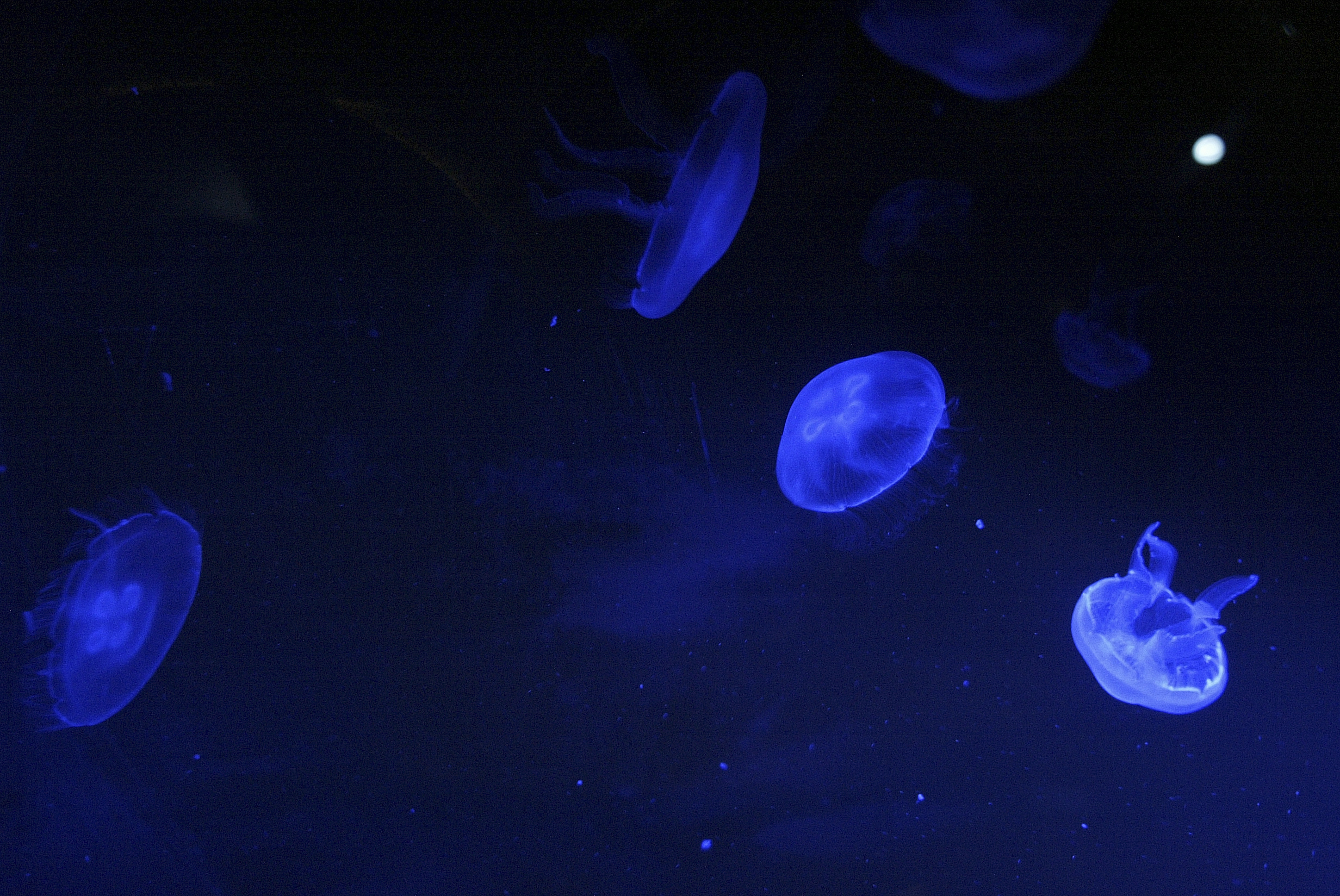Health What should I do if I am stung by a jellyfish?
Check What the colors of the beach flags mean
A
jellyfish
can turn a refreshing day at the beach into a nightmare.
These planktonic organisms, belonging to the zoological group of cnidarians, have a powerful
poison
capable of causing pain, skin irritation and wounds with a simple contact with the victim.
It is estimated that there are about
10,000 species
of these animals in the oceans and the number of specimens continues to grow.
Of all that stinging arsenal,
what are the most dangerous jellyfish you can find in Spain
?
To begin with, experts have been warning of the increase in
jellyfish that reach Spanish beaches for some
time .
"The progressive elimination of their predators and marine animals competing for food is the main factor in the increase in jellyfish in all the seas and oceans of the world", explains
Josep María Gili
, a researcher in the Department of Marine Biology and Oceanography of the
ICM- CSIC
, in this interview with EL MUNDO.
The
gradual increase in temperature in the oceans
"favors the reproductive cycles and the energy demand of species, such as
jellyfish
, which favors their proliferation; the temperature of the water, together with the change in the pattern of rains or winds and currents , favors the arrival of jellyfish on the beaches, but this rise in temperature would not help much in the increase of jellyfish without other essential factors, such as overfishing," adds the researcher.
The simple morphology of these organisms, a
bell-shaped
structure called an
umbrella from which the
tentacles
emerge
, can lead to the belief that they are all practically the same.
However, they present significant differences depending on the species, both in appearance and in the stinging effects they produce.
The most dangerous species
on the Spanish coast is the
siphonophore (from the
Cnidariso
group of jellyfish
) and the
Physalia physalis
(
Portuguese
man-of-war ), highlights Josep María Gili, who also warns of the proliferation in recent years of the
box jellyfish Caribdea marsupialis
, whose sting is very painful, and the most dangerous and common,
Pelagia noctiluca
, whose effects vary according to each person and the affected skin surface.
Now,
none of these species is fatal
.
According to data from the Institute of Marine Sciences, the species of jellyfish that frequent our waters are in order of danger:
Physalia physalis
Other names:
Portuguese caravel
Frequency: little
'Sting': very stinging.
Description: Translucent purple float with a sail on top.
Blue tentacles up to 20 meters long.
Size: up to 30 centimeters (the floating part).
Pelagia noctiluca
Other names:
luminescent jellyfish
.
Very frequent.
'Sting': very stinging.
Description: reddish-pink adults and brown juveniles.
With four oral arms and eight marginal tentacles.
With warts on the umbrella.
Size: up to 20 centimeters.
Chrysaora hysoscella
Other names: acalefo radiata,
compass
.
Frequency: little.
'Sting': very stinging.
Description: yellowish white with 16 brown bands on the umbrella.
Four oral arms and 24 marginal tentacles.
Size: up to 30 centimeters.
Olindias phosphorica
Other names:
cross jellyfish
.
Frequency: little.
'Sting': very stinging.
Description: translucent with four garnet-colored cross gonads.
Small purple marginal tentacles.
Size: up to 8 centimeters.
Carybdea marsupialis
Other names:
box jellyfish
,
sea wasp
.
Frequency: little.
'Sting': very stinging.
Description: cubic, translucent, bluish or whitish umbrella, with four long tentacles.
Size: up to 5 centimeters.
rhizostoma pulmo
Other names:
acalfo azul
.
Very frequent.
'Sting': stinging.
Description: bluish white with violet trim.
Without marginal tentacles and with eight fused oral arms and without ramifications.
Size: up to 40 centimeters.
Rhizostoma luteum
giant jellyfish type
Frequency: rare.
'Sting': stinging.
Description: bluish white without purple trim.
No marginal tentacles and eight oral arms that extend into long dark appendages distally.
Size: up to 60 centimeters.
Cotylorhiza tuberculata
Other names:
fried egg
.
Very frequent.
'Sting': slightly stinging.
Description: Yellowish brown with a darker orange central bump.
No marginal tentacles and eight oral arms.
Size: up to 35 centimeters.
Aurelia aurita
Other names:
moon jellyfish
,
common
.
High frequency.
'Sting': slightly stinging.
Description: Translucent, with four oral arms, numerous marginal tentacles, and four horseshoe-shaped reproductive organs.
Size: up to 25 centimeters
Disc jellyfish lobata
Other names:
discomedusa
.
Frequent.
'Sting': slightly stinging.
Description: translucent with whitish gonads.
Four oral arms and 48 marginal tentacles.
Size: 10-15 centimeters.
Aequorea forskalea
Other names: jellyfish aequorea.
Frequent.
'Sting': slightly stinging.
Description: translucent with blue radial channels.
Numerous marginal tentacles and are oral arms.
Size: up to 40 centimeters.
velella velella
Other names:
purple candle
,
San Pedro boats
.
Very frequent.
'Sting': slightly stinging.
Description: bluish disk with a small candle.
Colony of polyps in the form of tentacles under the veil.
Size: up to 8 centimeters.
porpita porpita
Other names:
blue button
.
Frequency: rare.
'Sting': slightly stinging.
Description: colonial organism that lives on the surface of the open sea.
With deep blue disc.
diameter.
Size: up to 5 centimeters.
Mnemiopsis leidyi
Other names:
comb jellyfish
,
bulb
jellyfish (invasive species).
Frequency: little.
'Sting': not stinging.
Description: oval shape, translucent with eight rows of cilia and no tentacles.
Size: up to 12 centimeters.
Conforms to The Trust Project criteria
Know more
Beaches
Summer

